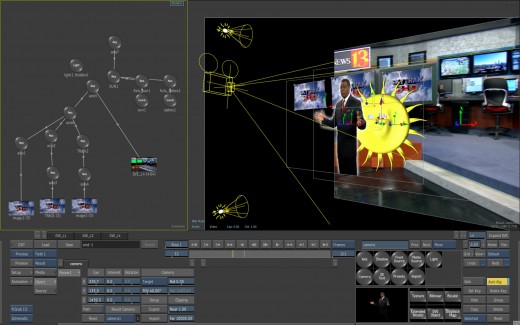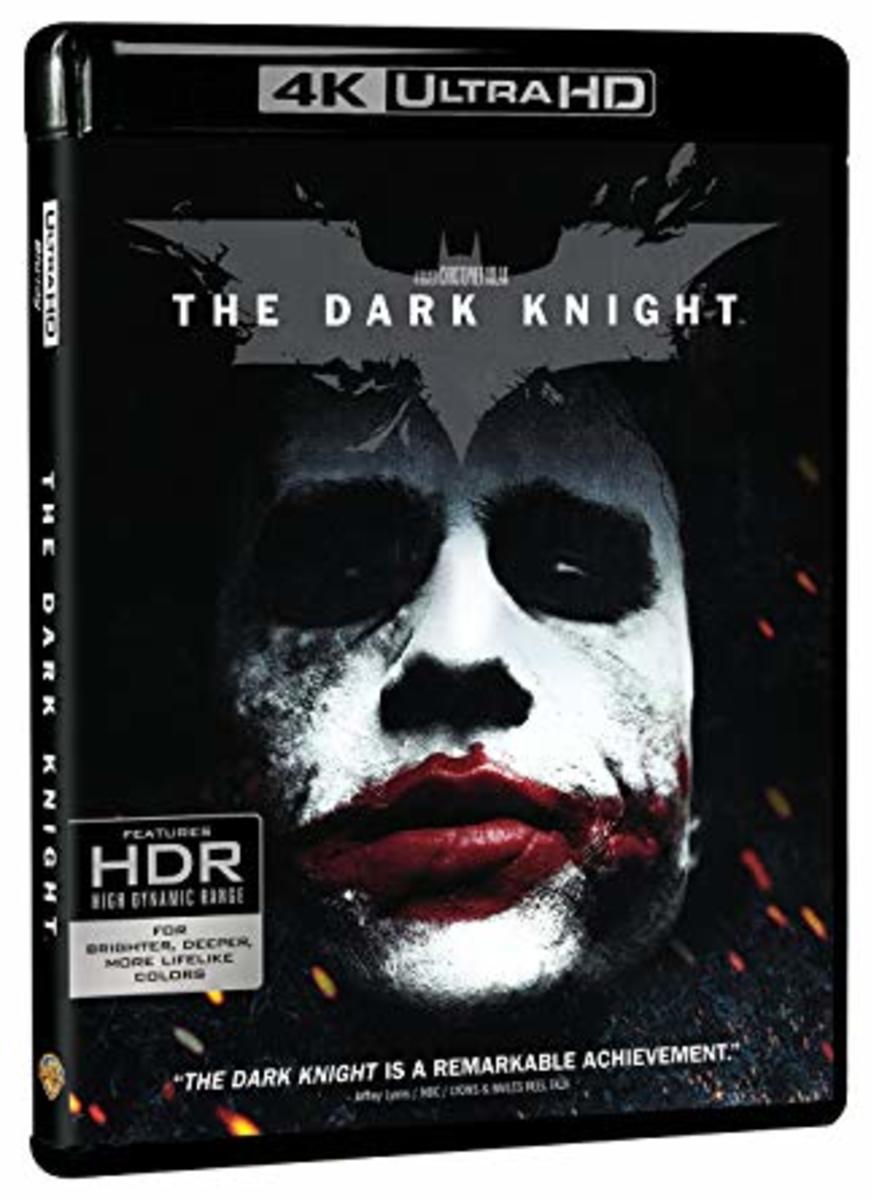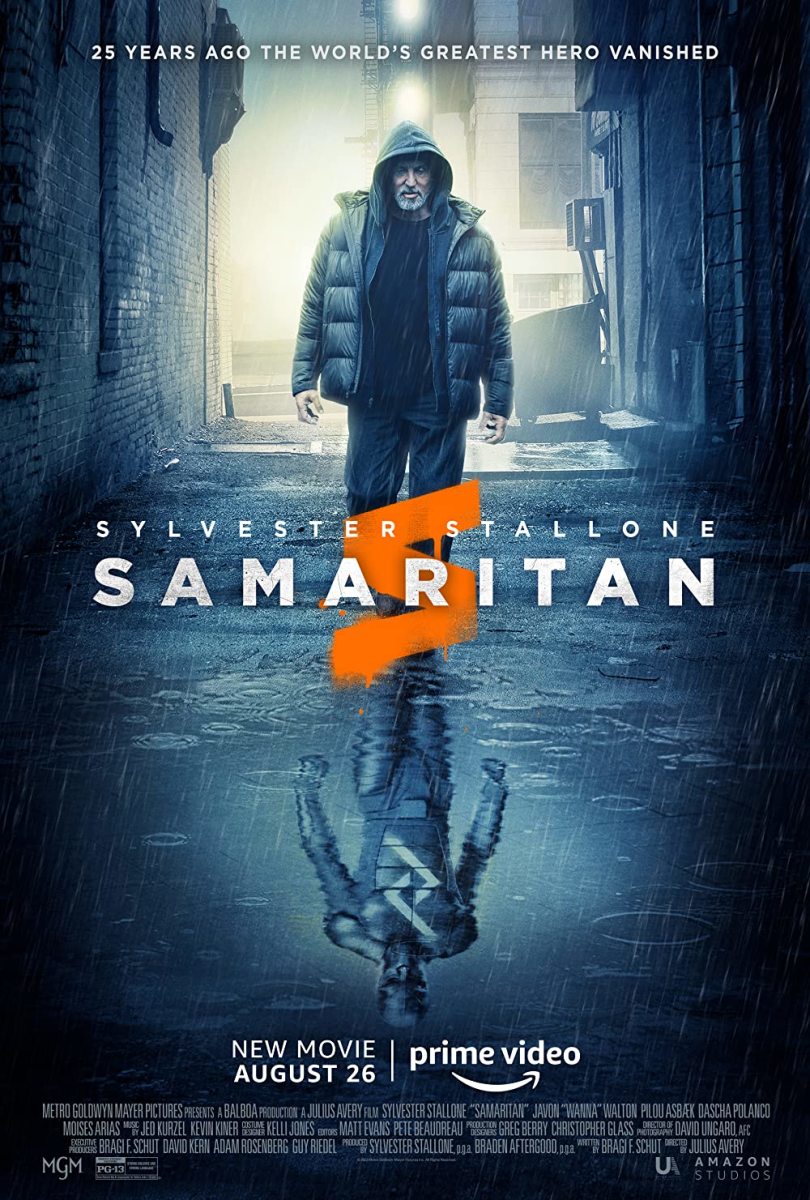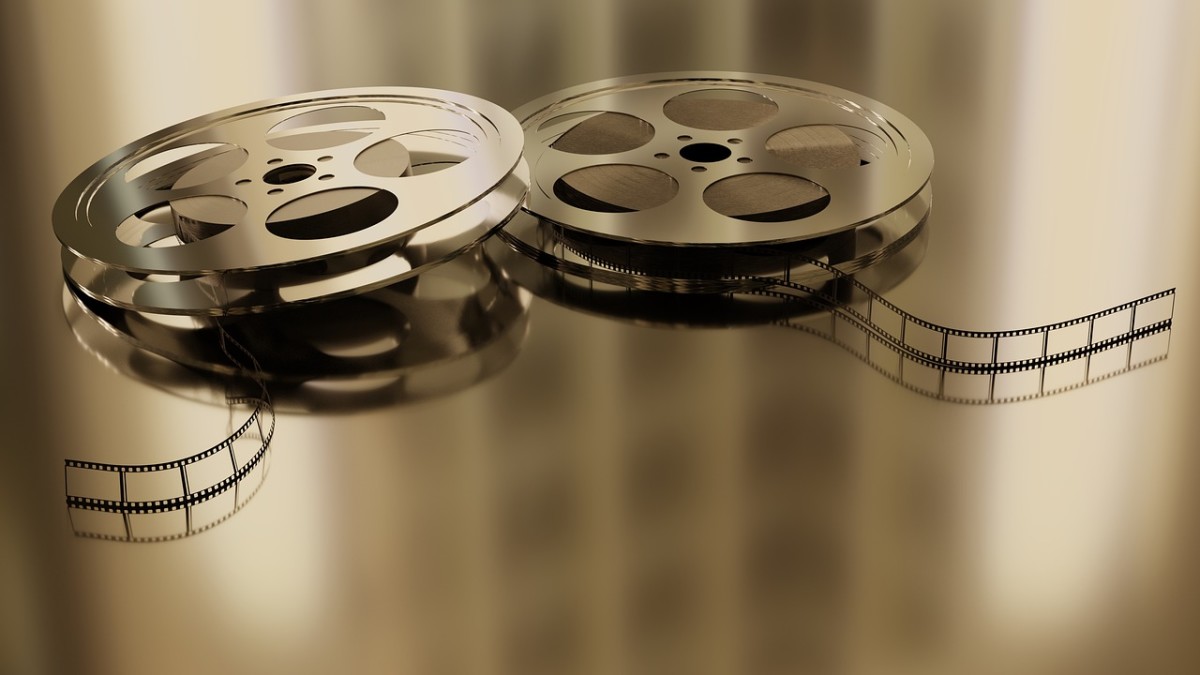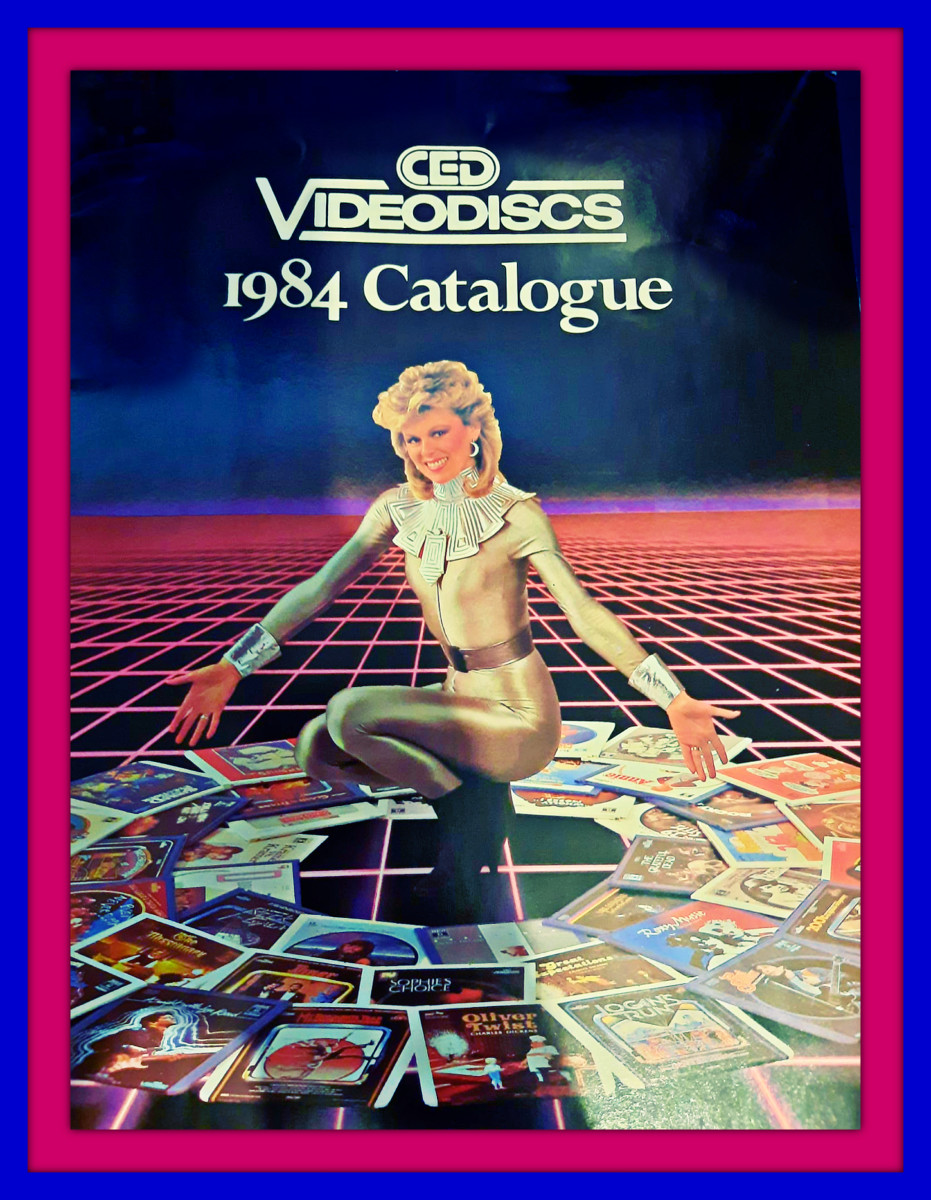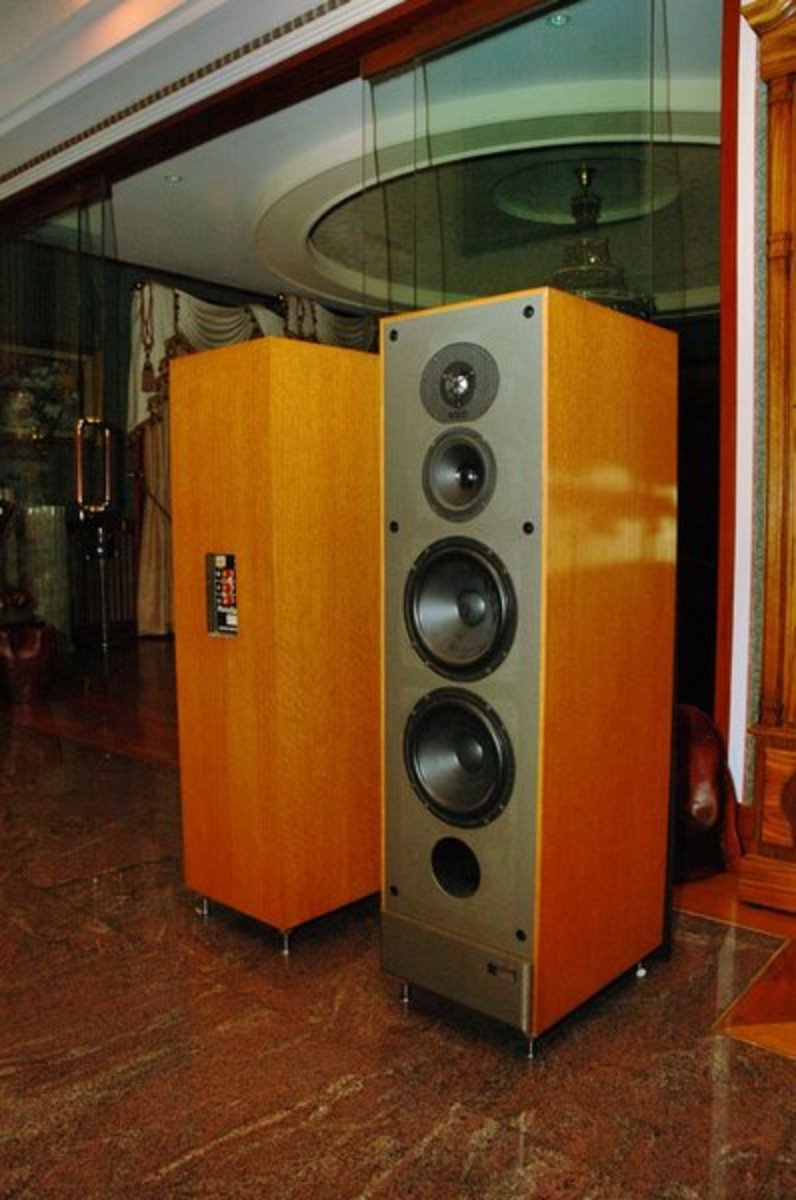Introduction to Visual Effects
The Great Gatsby (2013) Visual Effects Before & After Clip
What is 'Visual Effects'
Visual effects’ is a relatively new term and describes what used to be more
appropriately called ‘special photographic effects’. When ‘optical printers’
started to be used extensively in the field, the term ‘optical effects’ was adopted
for a short time; then, in the early days of television when the signal went out
live, it was called ‘electronic’; with the use of video post-production it became
‘video’; and then, finally, with the invasion of computers, it was termed ‘digital’
effects. During this ever-changing background the term ‘special visual effects’
and then simply ‘visual effects’ (VFX) was increasingly adopted to describe
what had once been called photographic effects. However, this term was
no longer appropriate, since frequently in their preparation a camera was no
longer used.

What makes an effect ‘special’?
‘Special effects’ are created where techniques beyond the ‘normal’ film making
procedures are used. That is to say when things might be more complex or
time-consuming or involve ‘special’ techniques.
or example, you could set the background or foreground on fire, you could fill
the space between them and the camera with smoke or dripping water, or you
could physically raise the camera to a great height. These are all physical techniques
and in common parlance would be called ‘physical’ or ‘special’ effects.
Standing by the camera or indeed anywhere in the set these things would be
easily seen and recognized by a human observer.
However, ironically, so called ‘visual’ effects would not necessarily be visible
to the casual observer standing nearby. They can be defined as where the components
of the photographic process are utilized or modified so as to alter in
some non-standard way the passage of light creating the image.Thus, you might
replace the background with a photographic element such as a photo-blow-up,
filter the light being used on the set in some specialized way, filter or mask the
lens, run the camera at an abnormal speed or interfere with the processing
between image capture and presentation. All of these might be components in a
process to modify the image, but with the final result being unobservable on the
actual set.
In a sense, creating successful VFX involves breaking the rules to depict a
distorted reality. This requires us to suspend the audience’s disbelief by manipulating
their perception. This is the main task of VFX and requires the practitioner
to fully understand how the photographic/digital process works and thus
be able to create apparently true images which in reality are fully or at least partially
fake.
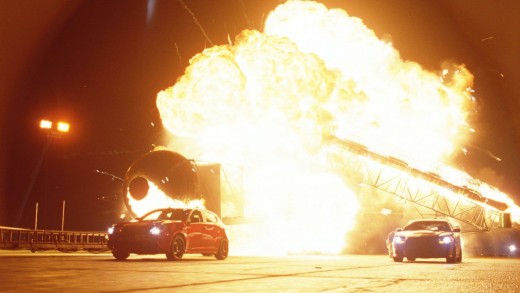
Why create ‘effects’?
The objective of the normal photographic process is to reproduce ‘reality’ where
that ‘reality’ consists of whatever is placed in front of the lens as interpreted
by the cameraman and director. The aim of visual effects is to create something
that does not exist at all, and further, to fool the viewer into believing in its veracity.
These are two very different objectives!
There are basically three typical scenarios which call for this. The best
known and most obvious is where something that does not exist, nor could
exist, is created. This is characterized by the science fiction genre where imaginary
robots, aliens and various space paraphernalia need to be depicted.
Slightly less obvious is the situation where, although physically possible,
a scene may be simply too dangerous to photograph ‘live’. Perhaps this might
require performers to work amongst exploding pyrotechnics or a big dollar
actress having to hang over the edge of a waterfall. Even where these things are
sometimes deemed perfectly safe and the artistes are willing participants, the
insurance companies may think otherwise!
Finally, visual effects can be used to ‘fix’ things. This might involve unintentional
errors, which could require expensive reshooting but could easily be fixed
in post-production. An example might be a sound boom or light being in shot during a very good ‘take’. Alternatively it is sometimes easier to shoot something which is not ideal and then to fix it, rather than dealing perhaps with mechanical or other difficulties on the shoot. Examples of this might be where old buildings have modern elements which would be difficult to camouflage (such as TV aerials or modern signage) or rigs which make the shot simpler (such as safety wires for actors doing complex stunts).
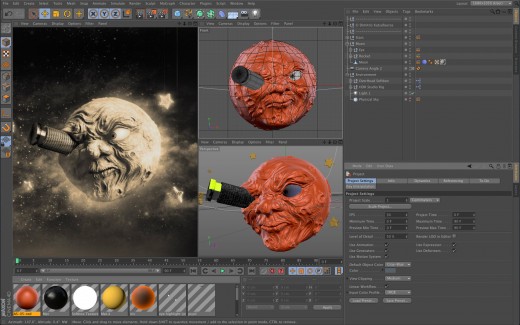
Methods of creating visual effects
Effects can be created using a variety of different technological paths. Since
the main ‘techniques’ of VFX are the same in most cases, irrespective of the
technology used, these different methodologies will be briefly discussed in this
section. In the later technical discussions they will only be referred to where
major differences occur.
Effects can be created directly in front of the camera, be it film or electronic.
An example would be a ‘glass shot’ where a camera shoots through a painting,
or a rear projection shot where the camera shoots action in front of a projected
image.
Film offers an enhancement of this process, which takes advantage of the
fact that until a film is processed it can continue to be re-exposed. This technique
would, for instance, permit the creation of a split-screen by exposing once
with a mask across one half of the lens, and then after rolling the film back to
the same starting point, re-exposing the same length of film, but this time with
the other half of the lens covered. This depends on the fact that film retains a
‘latent’ image until it is processed – numerous latent images can be created on
one length of film before it is developed and ‘fixed’.
Videotape cannot be recorded multiple times but the electronic system does
have its own unique technique. Since the electronic signal is instantaneously
created and can travel in real time, then it can be passed through special mixing
(or switching) equipment, which can modify or combine the images in real
time. With two cameras fed to such equipment they could be combined into a
split-screen, for instance, which would be instantly visible on any monitors fed
with the output, or of course recorded for future use.
All of the above methods are done at the time of shooting, but they can be
applied in post-production too. Recorded video images can be replayed through
a vision mixing or switching equipment and the result recorded, just as film can
be re-photographed multiple times using an ‘optical printer’. Needless to say all
of the video technologies can be applied to film which has been first transferred
to tape via a telecine.
Finally an alternative electronic methodology also exists in the form of digital
or computer technology. Here either video or film images are transferred or
sampled into digital form and then manipulated or combined using computer
software. Unlike most of the electronic systems using tape machines or disks
and specially designed hardware these processes do not operate in ‘real time’
but are far more flexible and open to almost infinite development.
Many VFX processes can be created by all of these technologies. Blue
screen for instance can be created for B&W film in a bi-pack camera, live
through a vision switcher, in video post-production from a tape or film, in film
opticals or in a computer digital system. The techniques of lighting the actors,
the blue screen or indeed of shooting the background images would be the same
in all the cases.
